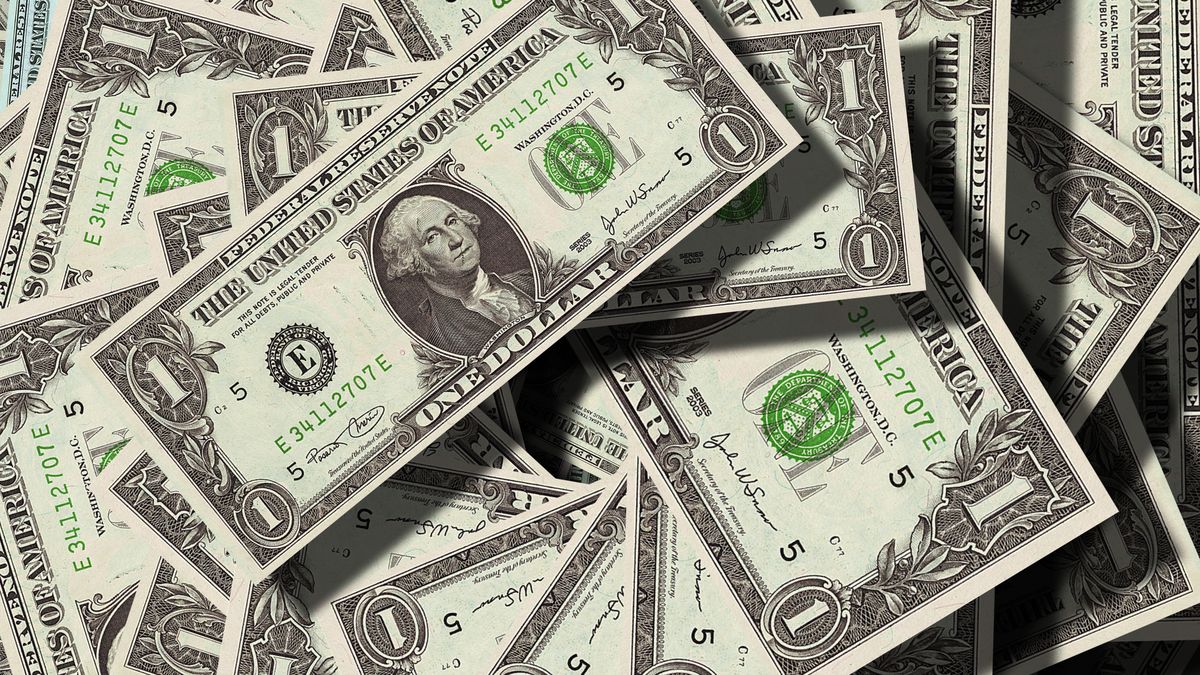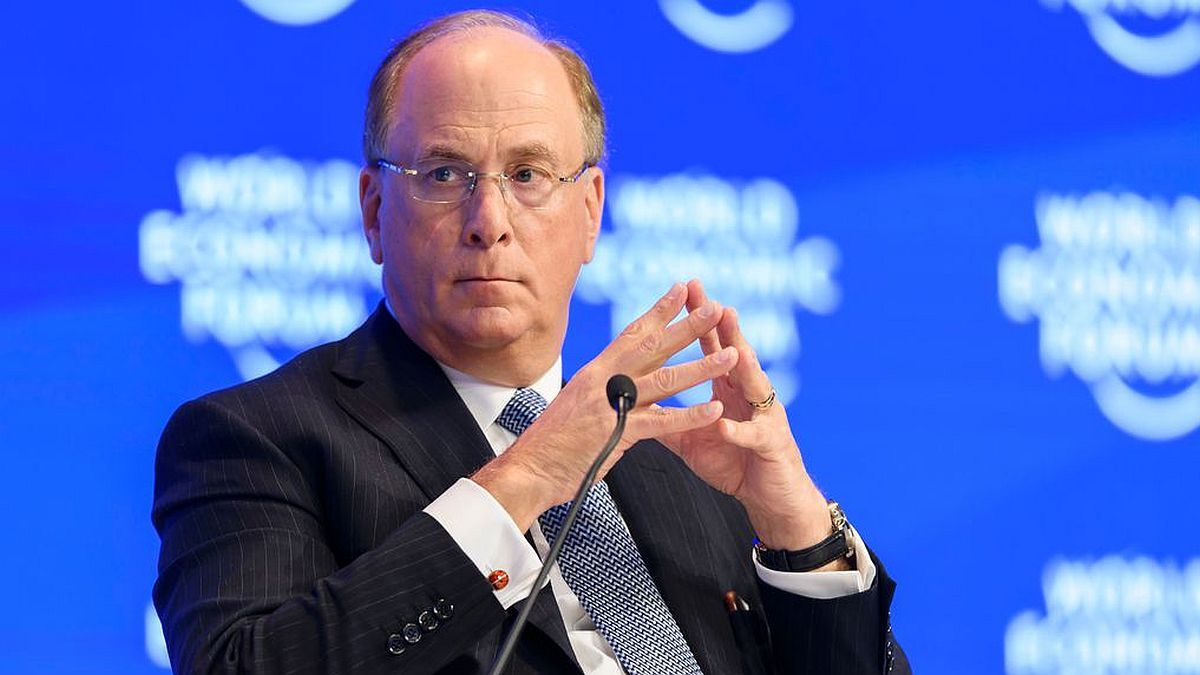In addition, given the global expectation for the decision of the US Federal Reserve on its monetary policy, the dollar Cash with Settlement (CCL) -operated with the Global 2030 bond- it is down $2.69 (-0.7%) to $396.90, after giving up more than $6 at the start of the day and rallying to more than $400. Thus, the spread with the official is reduced to 93.1%.
Learn more- I followed the price of the blue dollar, official, CCL and MEP in Argentina
At the same time, the MEP dollar -operated with the Global 2030 bond- falls $1.75 (-0.5%) to $383.23, after approaching $381 early in the day and then rising as high as $386. Indeed, the gap with the official is located in the 87%
In the informal market, on the other hand, the blue dollar falls $3 to $391, after shooting up $8 on Tuesday, according to the survey of Ambit in caves of the city of Buenos Aires. During the day it fell to $390.
On Tuesday after the market closed, the Ministry of Economy launched a The package includes an exchange of US$4,000 million in bonds under foreign law (global or GD) that are held by national public sector organizations for securities in pesos and the incorporation of bonds in dollars under local law ( bonars or AL) in the CCL dollar operation.
In this way, it seeks to give greater depth to the market with which the CCL dollar is operated -which is currently enabled exclusively for bonuses GD29, GD30, GD35 and the rest of the global series– and, at the same time, give instruments to the Treasury and the Central Bank to act in the financial exchange market to avoid jumps in the gap.
The decree will be accompanied by resolutions from the Central Bank, the National Securities Commission and the Superintendence of Insurance of the Nation to remove the restrictions that some institutional investors have to buy CCL through Bonares.
“The impact on the stock dollars is not very clear. The Government is not going to use these bonds to lower the exchange rate because the Global (titles) will be delisted, and the Bonares are going to be tendered to private parties. Maybe if it does not succeed place all the Bonares in the bidding, try to sell them against pesos, causing the exchange rate to drop -if the price in dollars is maintained-“, They pointed out from Adcap Wise Capital.
Juan Politi, de Allaria Ledesma maintained that “The objective is to stabilize the financial situation. I see it as positive”, while Sebastián Negri of the official National Securities Commission (CNV) affirmed that “it is a very good measure of financial order (…) the private sector took it very well.”
In this context, sovereign bonds in dollars collapsed up to 8.3% (Global 2029), which was corroborated by the country risk measured by the JP.Morgan bank, which climbed 4.4%, to 2,447 basis points.
“Today (Wednesday) we begin to deepen the bond market in local law dollars, beginning with the purchase of holdings of global bonds from public entities, which will allow the foreign law (Global) public debt to be lowered by some 4,000 million dollars initially “said the Vice Minister of Economy, Gabriel Rubenstein, on his Twitter account.
The Minister of Economy, Sergio Massamet this Wednesday with bankers to explain details of his decision to force all national public bodies to exchange their holdings of dollar bonds under foreign legislation for public securities in pesos to be issued by the Treasury.
The meeting began after 9 o’clock this Tuesday in the Belgrano Hall of the Ministry of Economy. Massa was accompanied by the secretaries of Economic Policy, Gabriel Rubinstein and of Finance, Eduardo Setti; the head of the advisory cabinet, Leonardo Madcur; the president of the Central Bank, Miguel Pesce and the head of INDEC, Marco Lavagnaamong others.
Among the bankers, the presidents of the Macro Bank, Jorge Brito; from Banco Santander, Alejandro Butti and from Banco Credicoop, Carlos Heller, as well as executives from banks Galicia, BBVA and heads of business chambers in the sector, along with executives from entities linked to investment funds and insurance.
Meanwhile, investors also remain attentive to the interventions of the Central Bank, which added sales for just over 1,100 million dollars only in the course of March, to the detriment of its reserves.
On the other hand, the final endorsement of the IMF board of directors is awaited to release 5,300 million dollars based on the objectives met by Argentina by the fourth quarter of 2022, within the framework of the 44,000 million agreement signed a year ago by the government of the president Alberto Fernandez. The IMF said on Tuesday that the government had informed it that it will combine two payments due on March 21 and 22, into one payment to be made on March 31 for a total of $2.676 billion.
Financial dollar: global context
In turn, investors remain focused on two patterns: the continuation of the global financial crisis due to banking uncertainty and the decision of the US Federal Reserve (Fed) later in terms of its interest rate policy.
Based on the Silicon Valley Bank case, the Fed implemented a Bank Term Financing Program —BTFP, for its acronym in English—, which is added to other tools to provide liquidity to the needy banking system. This lost 8.6% of its liquid assets versus the average of the last year, due to deposits that are moving to more profitable placements, they recalled in the market.
Now, what will be the effect on the market on the range of possibilities that the Federal Reserve has on the table?
On the one hand, if you increase the interest rate by a large magnitude, you run the risk of severely affecting the level of activity, asset prices and deactivating incentives for investmentwhich could lead to the start of a recessive cycle.
For Delphos Investment, “if the Fed raises the rate, the stress on the banking system increases, which it may seek to mitigate with the provision of liquidity. This would be a bet that inflation will drop fast and enough to lower rates on time. And the banks that would suffer the most would be the small ones, which account for 50% of commercial and industrial loans, 45% of consumer loans, and 80% of commercial mortgage loans”. its profitability.
On the other hand, If the Fed chooses a slower and smaller tightening path, or decides to stick with it, it faces the danger of having to live with an inflation rate for a long time, which in the long term will also affect the level of activity, the price of assets, the value of the dollar, and may also end in a recession.
“If the Fed stops raising rates, it jeopardizes its inflation target, and a long rate hike that still sends the credit cycle squarely into a contractionary phase,” Delphos said.
“We think somewhat more likely that the Fed will look to buy time with a similar imprint to the ECB: rising 25 bps and looking to convey confidence in its ability to maintain the stability of the banking system. But we will have to be attentive to the Fed’s decision and communication, and to the market’s reaction,” he added.
On March 16, 2022, the Federal Open Market Committee (FOMC) decided the first of the eight interest rate increases that it has completed so far, leaving behind an unusual range between 0% and 0.25% that began when Alan Greenspan was in the Fed chair.
Source: Ambito
I am a 24-year-old writer and journalist who has been working in the news industry for the past two years. I write primarily about market news, so if you’re looking for insights into what’s going on in the stock market or economic indicators, you’ve come to the right place. I also dabble in writing articles on lifestyle trends and pop culture news.




